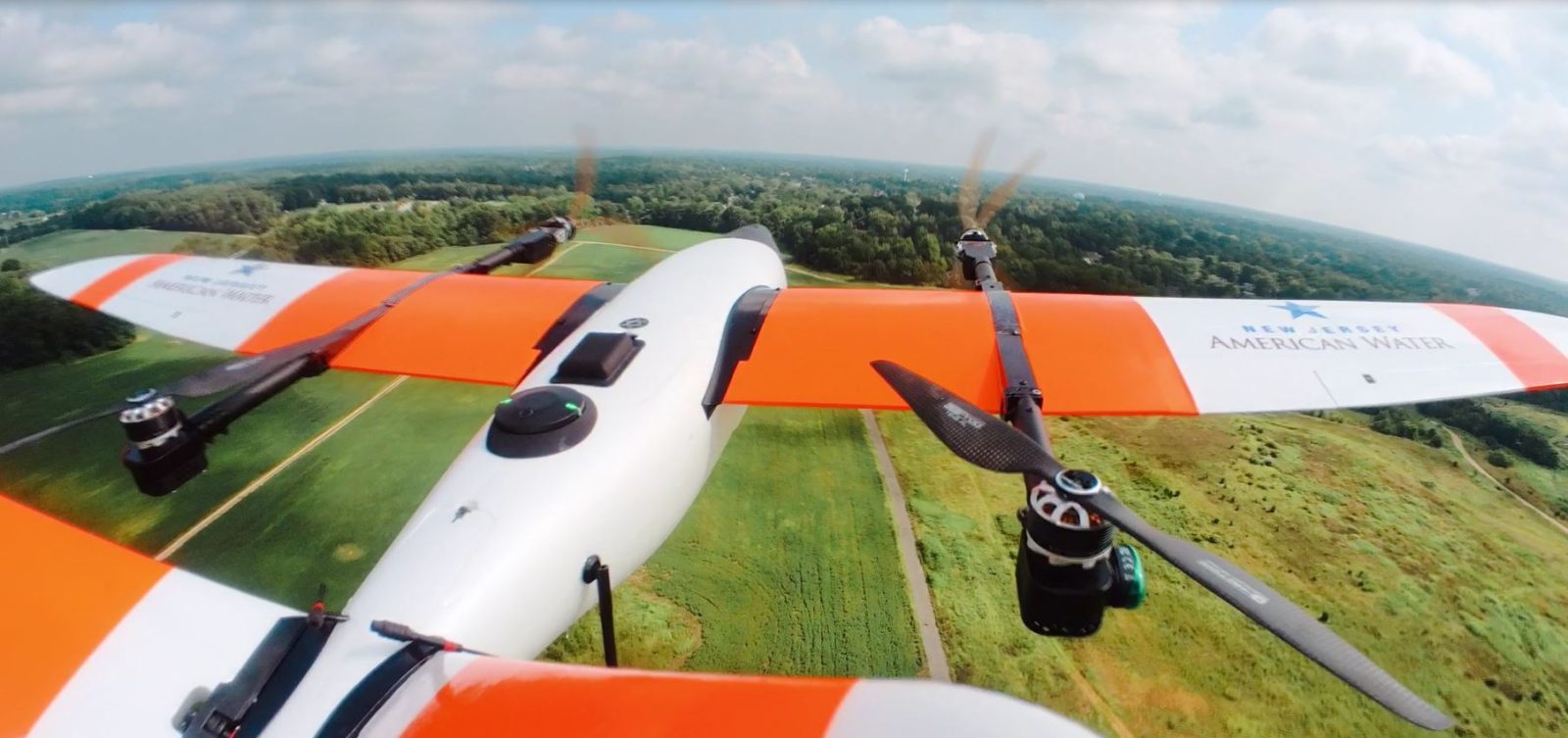
Utility giant American Water is taking its drone program up a notch with a new Federal Aviation Administration (FAA) waiver to fly Beyond Visual Line of Sight (BVLOS). The waiver will allow American Water drone operators to fly their aircraft up to four miles away.
The company says it sought the BVLOS waiver to improve source water monitoring and detect potential environmental threats to the water supply. Christopher Kahn, director of UAS at American Water, explains:
This waiver is a significant and exceptionally rare achievement for American Water and our UAS program. Annually, American Water captures more than 500,000 images and aerial maps of its assets through our drone program. These images help us monitor our systems and continue to provide our customers with safe, reliable water and wastewater service.
Additionally, American Water intends to utilize the fresh FAA waiver for emergency response activities. Kahn says that many of the company’s critical facilities are low-lying and can be inaccessible for extended periods of time during a flooding event. In such a scenario, a long-range mapping and inspection drone can be used to safely inspect facilities from miles away.
Read: FAA’s Remote ID rule for drones is constitutional, DC court rules
The utility also wants to work closely with government agencies and other partner organizations to enable BVLOS drone missions during Temporary Flight Restrictions (TFR), which are commonly in place after natural disasters.
For extended missions, American Water is using Censys Technologies Sentaero BVLOS V2 aircraft, because it can stay in the air for well over an hour. Trevor Perrott, CEO and cofounder of Censys Technologies, stresses:
American Water earning this FAA approval is important for the integration of drones in the national airspace because it is an example of enterprise operation standardization across multiple applications.
It should be highlighted that safety plays a critical role in American Water’s drone program. The company’s pilots receive up to 250 hours of initial training, depending on the complexity of the aircraft and mission. Beyond training, an aviation Safety Management System (SMS) provides a structured means of safety risk management decision-making.
Read: Drone travels 9.7 miles to deliver medical samples in Israel
FTC: We use income earning auto affiliate links. More.






Comments